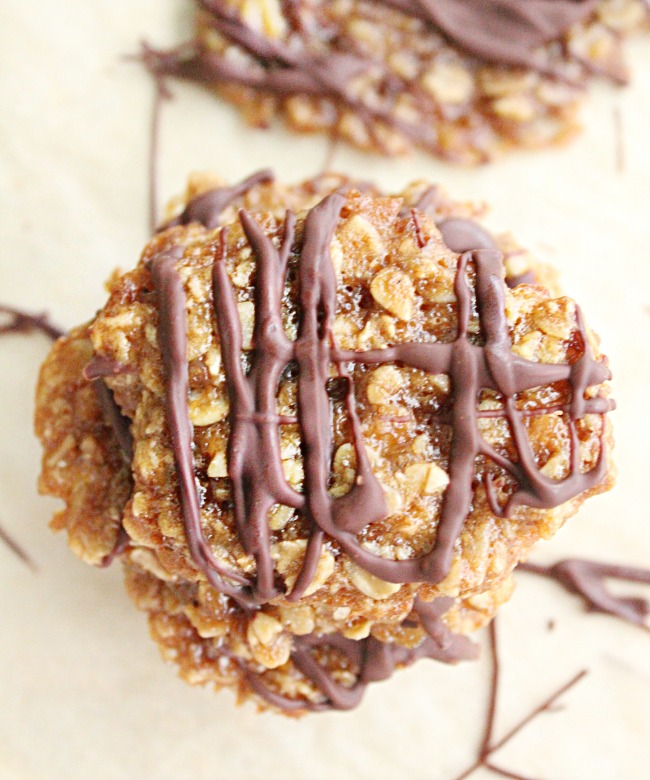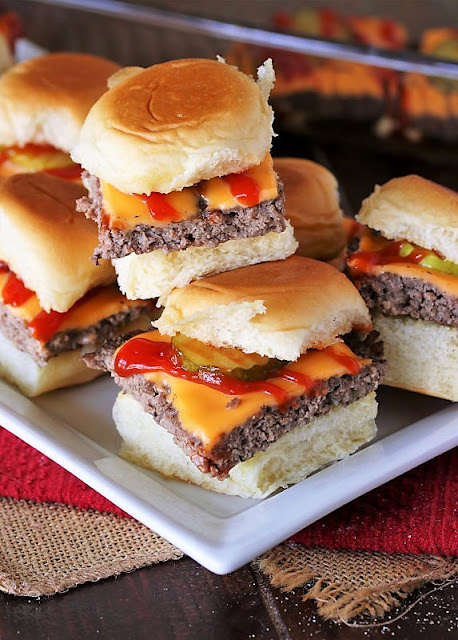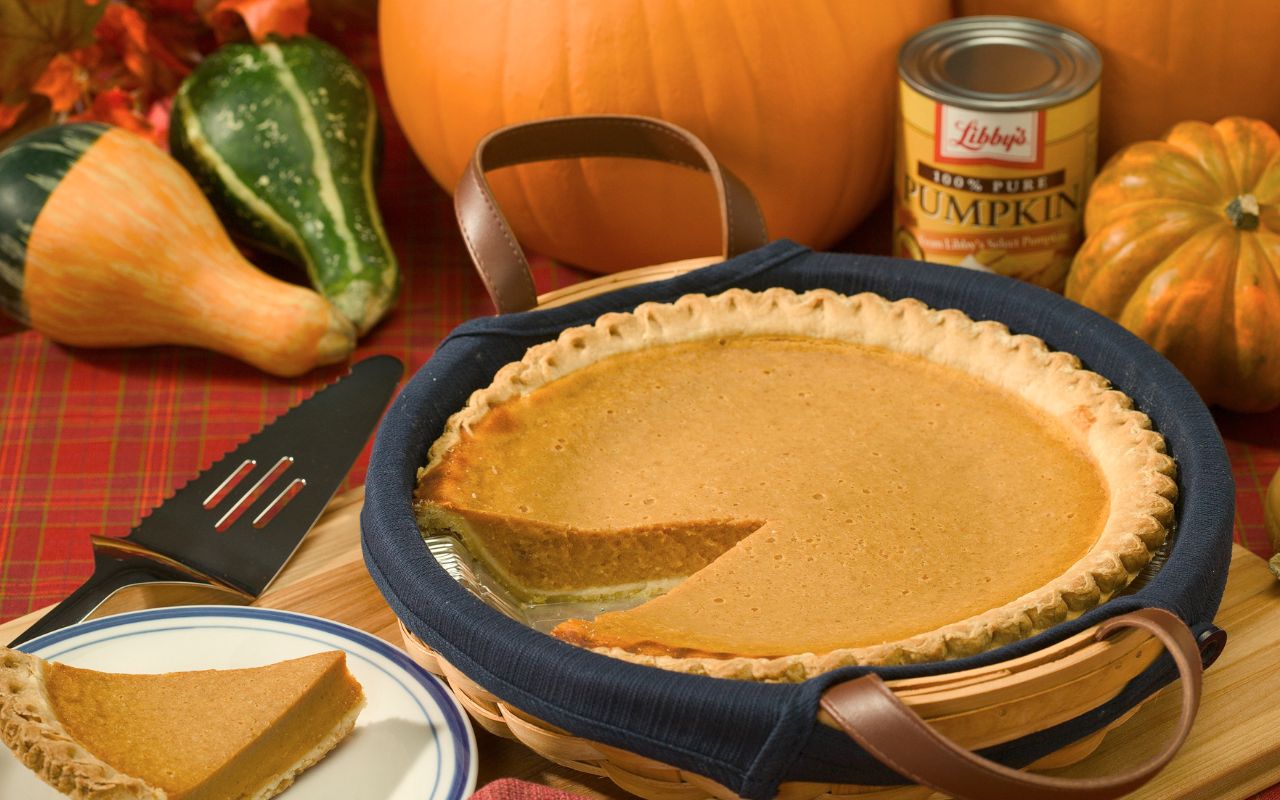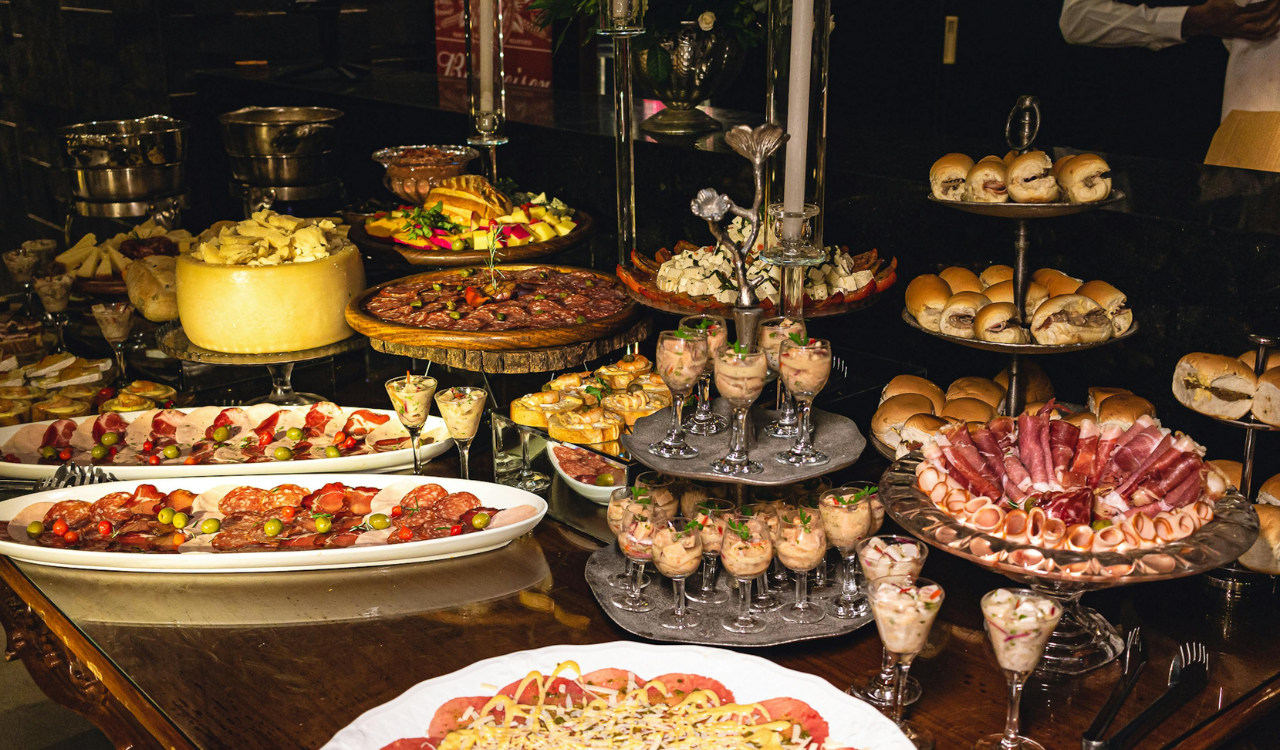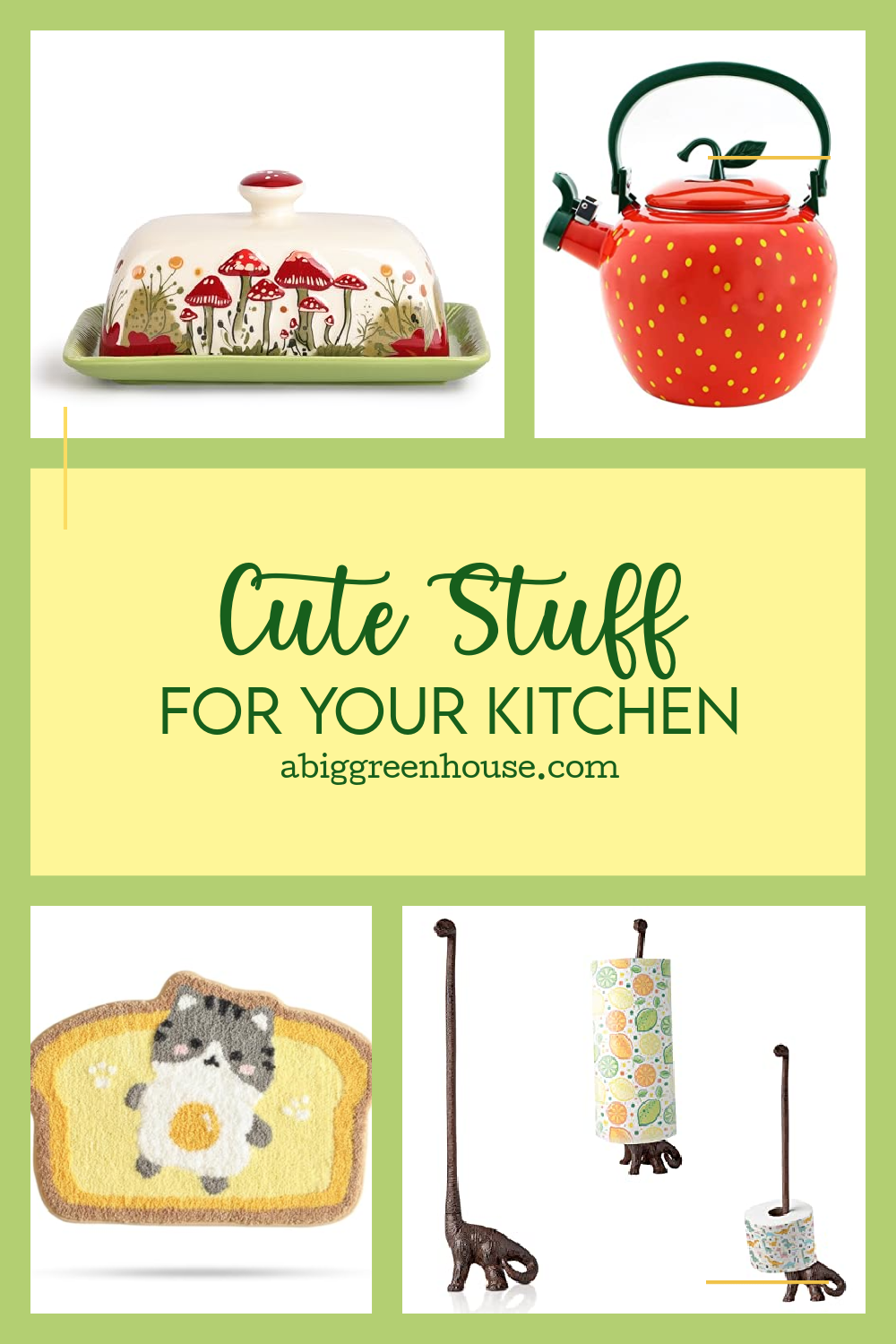How to Maintain Sharp Knives Without a Sharpener
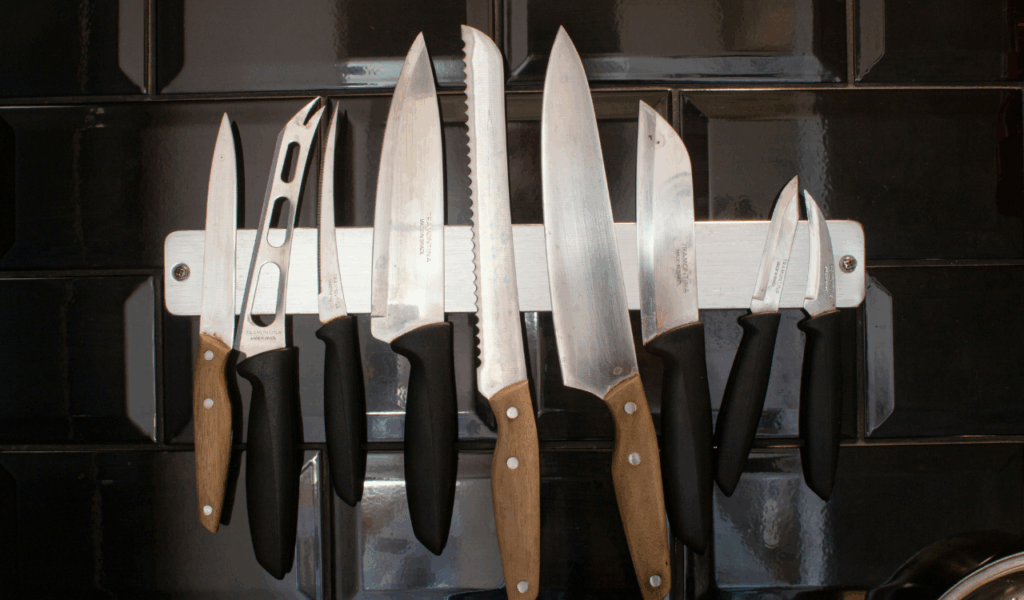
A sharp knife is the key to safe and quick cooking, but not everyone has a sharpener or knows how to use one. The good news is that you can keep your blades in good shape with just a few common household items and some good habits. If you know the difference between sharpening and honing or polishing, your knives will stay sharp longer. You can keep that clean slice and enjoy cooking without getting frustrated or hurt by dull blades with just a few simple tips.
1. Understand the Difference Between Sharpening and Honing
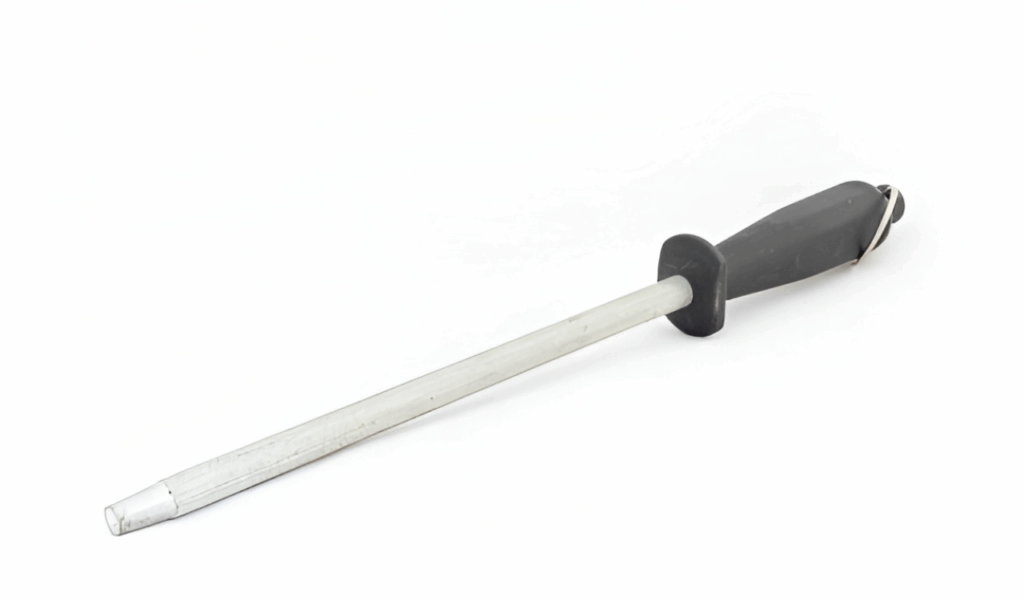
Sharpening makes a new edge by taking off metal, while honing just straightens out the old one. Honing is like gentle care that keeps things from getting damaged and keeps them sharp. Most dull knives don’t need to be ground down a lot; they just need to be realigned. You can keep the blade balanced and reduce wear by learning when to hone instead of sharpening it too often. This difference will help you pick the right way to care for your tools and keep them working well for years.
2. Regular Honing with a Steel Rod
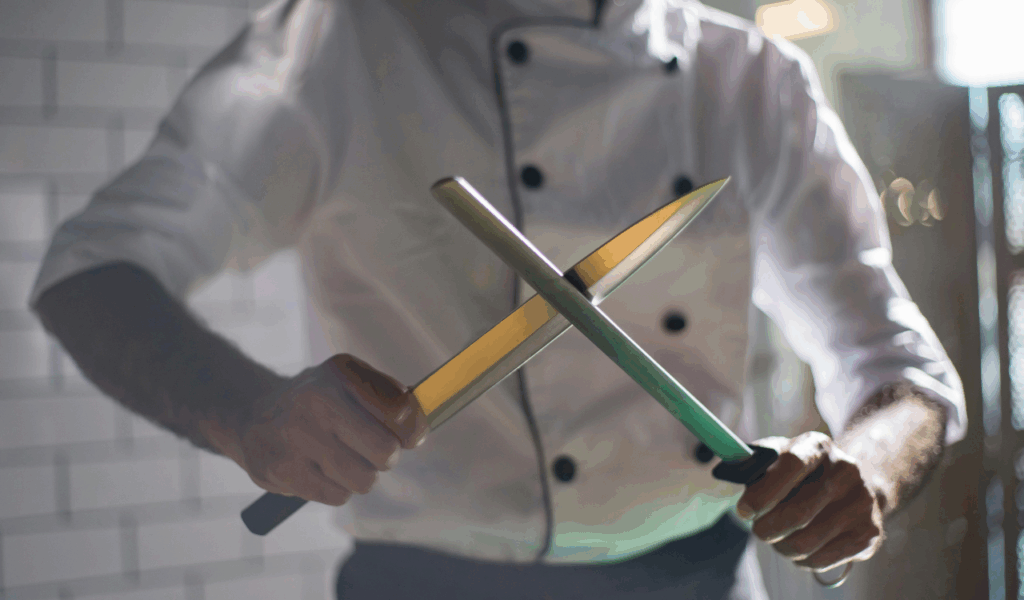
A honing rod doesn’t sharpen the knife; it just keeps the edge straight after a few uses. Hold the rod up and put the tip on a towel. Then, with the knife at an angle of about 15 degrees on each side, sweep it from heel to tip. Instead of pushing, move smoothly. Regular honing keeps the blade sharp and stops it from rolling or chipping. This habit is very helpful for even cheap knives. It only takes a minute, but it saves you hours of trouble.
3. Stropping with Leather or Denim
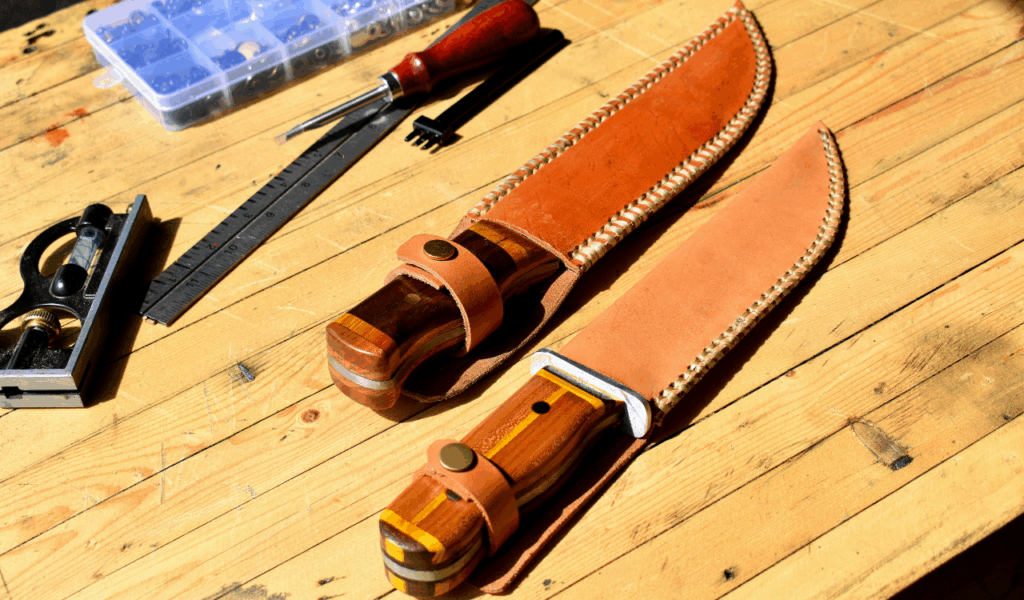
After honing, stropping makes the knife’s edge smooth again. You can use leather belts or stiff denim to do this. To get rid of tiny burrs that make cuts feel rough, pull the knife along the surface with the spine facing up at a shallow angle. This step makes the sharpness even sharper, like a razor’s edge, without taking away any metal. It’s an old barber trick that works great in the kitchen. A few controlled strokes on each side will make your blade feel sharp and clean again and make it easy to slice.
4. Using Newspaper as a Polishing Tool
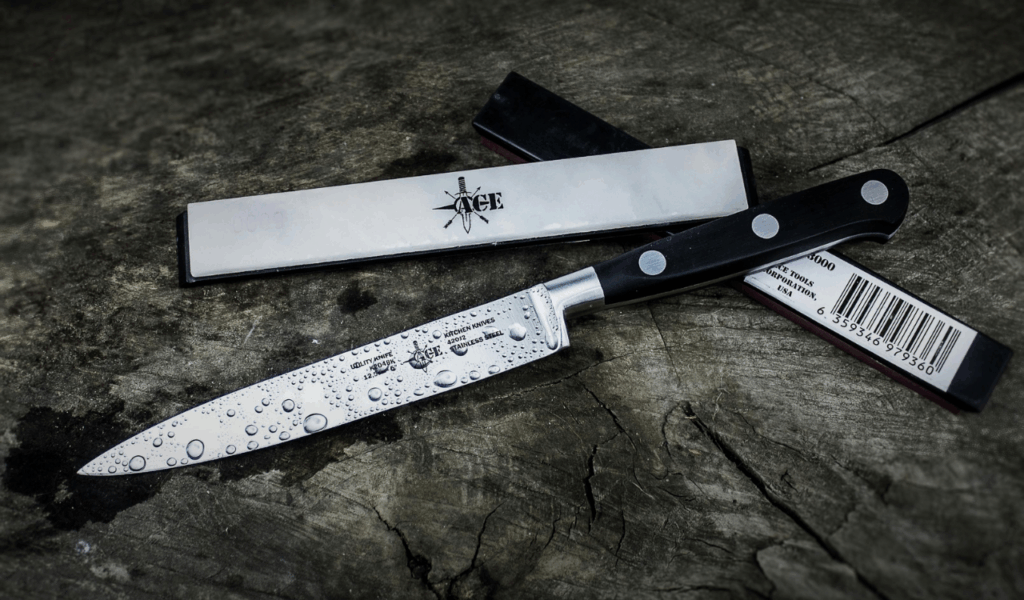
A folded piece of newspaper works surprisingly well as a strop when leather isn’t available. The fine paper fibers and ink compounds work together to gently polish steel. Put the newspaper on a flat surface and run the knife across the spine, just like you would with leather. This trick makes the edge brighter and gets rid of small flaws. It’s a free, eco-friendly way to keep knives working well between more thorough cleaning sessions.
5. Maintain Cutting Boards and Proper Angles
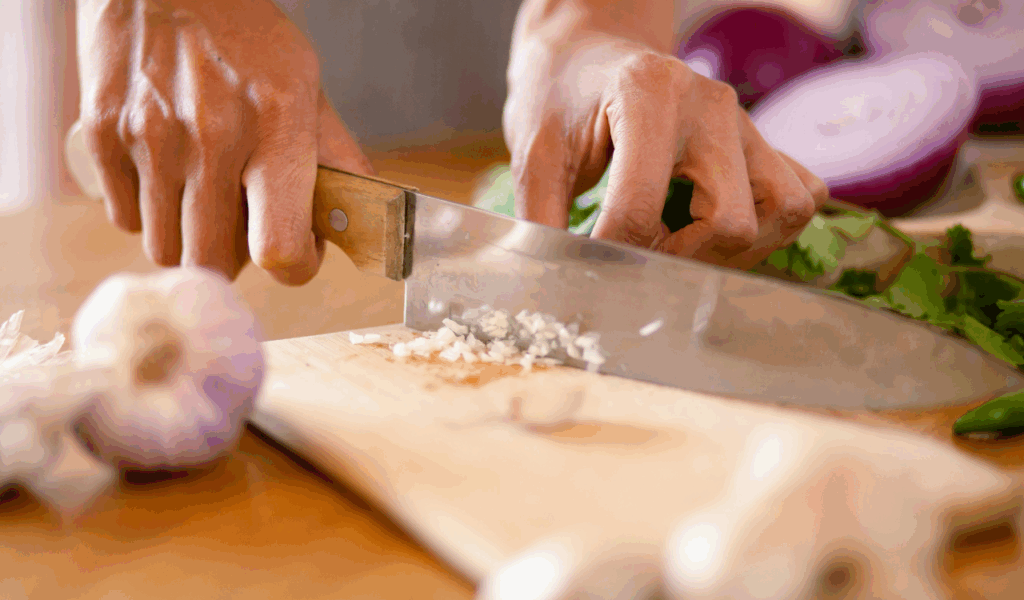
The edge of your knife depends as much on the surface you cut on as on the blade itself. Knives get dull quickly on hard surfaces like glass or granite, but wooden or plastic boards protect the edge and keep it sharp. Always cut at the same angle and don’t scrape the board sideways. Being mindful while you prepare keeps your blade sharper for a longer time. No matter how well you take care of it, your daily habits will always work against the edge.
6. Clean and Dry Blades Immediately
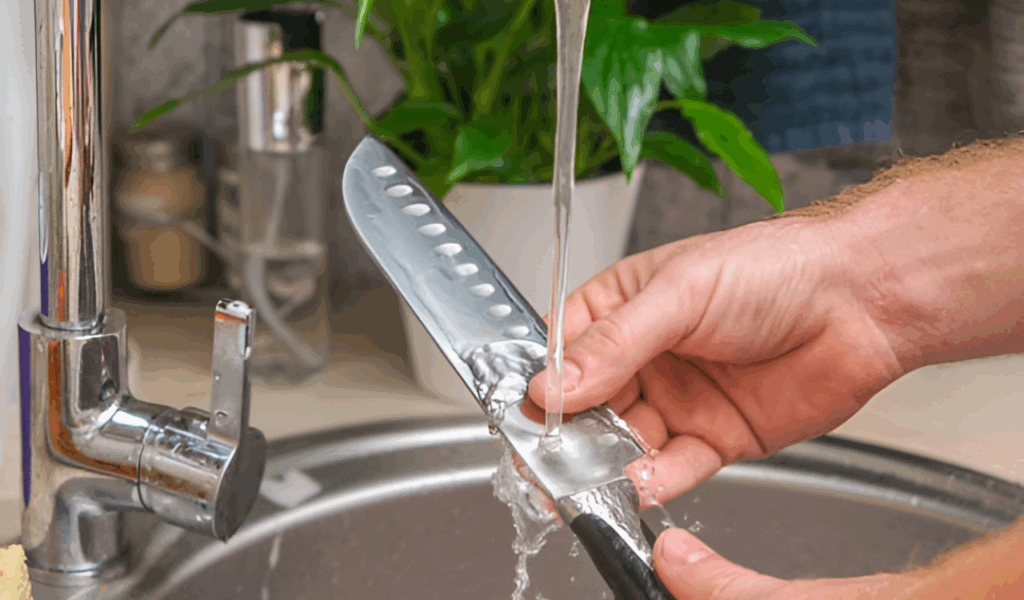
Food and moisture can corrode and dull edges faster than any missed honing session. Always wash knives with warm water and mild soap, then dry them all the way before putting them away. Dishwashers are bad because they cause heat, impact, and detergent damage. Not only do clean knives stay sharper, but they are also safer and cleaner. A dry, polished edge resists rust and keeps its finish better, so the work you put into maintaining it really lasts between uses.
7. Store Knives the Right Way
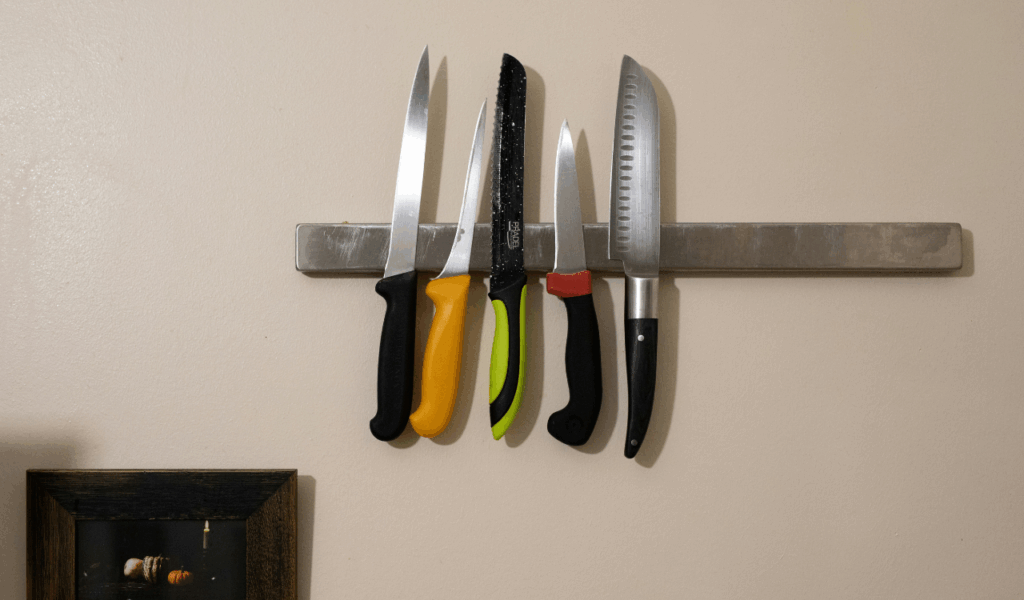
To keep knives sharp, you need to store them correctly. When drawers are loose, knives can hit utensils and dull them right away. Use a magnetic strip, an in-drawer organizer, or a knife block that keeps the edge safe instead. To keep knives from scraping, always put them in a block with the spine facing down. When you travel with knives, put blade guards or folded cardboard over them. Safe storage keeps edges sharp and ready for every meal and stops damage from happening by accident.
8. Build a Simple Routine
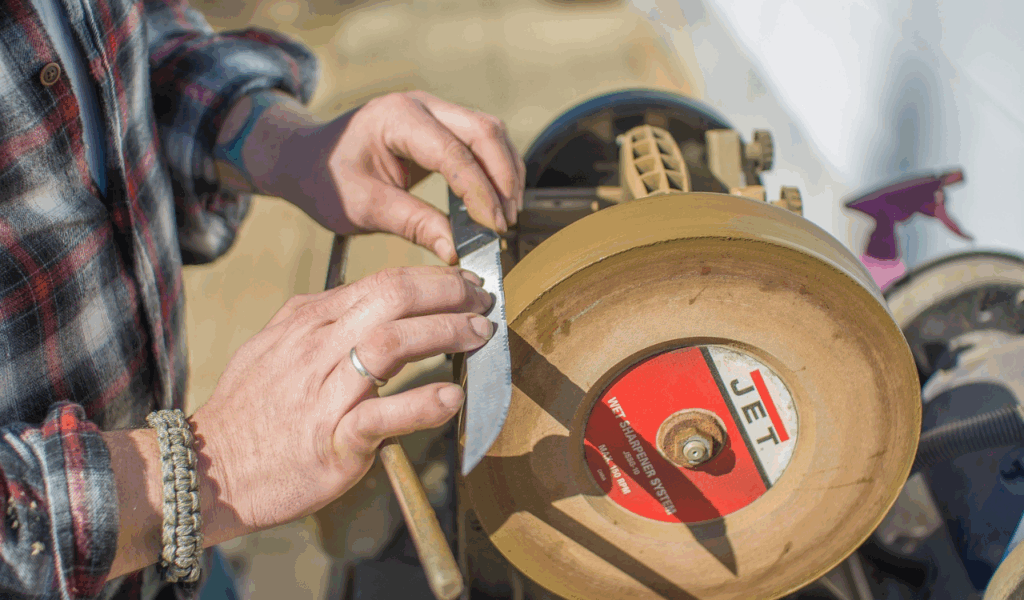
The best way to keep your knives in good shape is to make it a habit. Hone lightly every few uses, strop or polish once a week, and deep sharpen only a few times a year if you really need to. After each cooking session, make sure to clean, dry, and store your knives correctly. A steady routine keeps boredom at bay before it starts. You can keep your blades sharp, balanced, and reliable without fancy sharpeners if you take care of them and practice. This makes prep work faster, safer, and much more fun.
